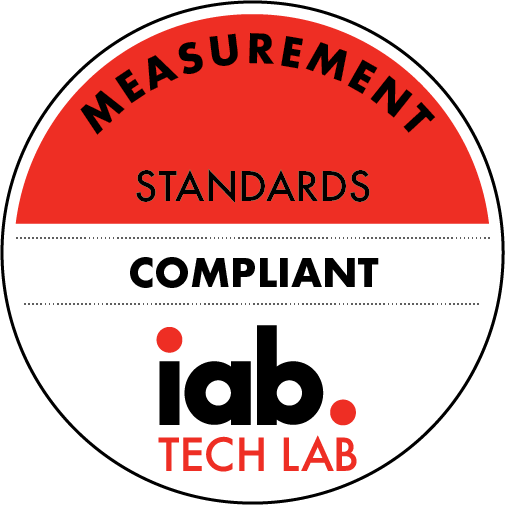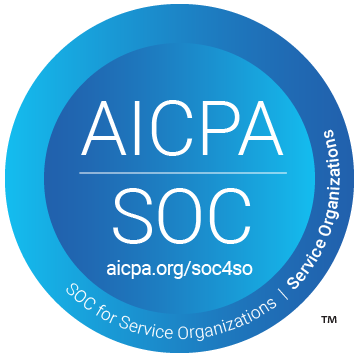Understanding Heartburn with Semaglutide (Ozempic, Wegovy): Causes and Management
Description
Semaglutide, a medication commonly used to treat type 2 diabetes and obesity, has gained significant attention in recent years due to its effectiveness in helping patients achieve better blood sugar control and weight management. But, some individuals who take semaglutide may experience an unpleasant side effect: heartburn (acid reflux). In this podcast, we’ll talk about why heartburn occurs with semaglutide and provide valuable insights on how to manage this side effect.
What is the connection between semaglutide and heartburn?
Semaglutide is part of a class of medications known as glucagon-like peptide-1 (GLP-1) receptor agonists. It works by mimicking the effects of a naturally occurring hormone called GLP-1, which helps regulate blood sugar levels and control appetite. While semaglutide has proven to be a game-changer for many patients in managing their diabetes and obesity, it can sometimes trigger heartburn.
Why do some people get heartburn with semaglutide?
Several factors contribute to the development of heartburn in people taking semaglutide. In fact, clinical studies show that about 2% of people reported symptoms of heartburn. And interestingly enough, these trials show that people are more likely to experience heartburn while taking the lower dose of semaglutide (0.5 mg weekly). Keep in mind that most reported side effects get worse with higher doses (1 mg, 1.7 mg, and 2.4 mg weekly).
Most people reported heartburn symptoms as a “burning sensation in their esophagus or throat”, indigestion, or burping.
And although it’s not known how long semaglutide-induced heartburn lasts, studies have shown that the majority of people keep taking semaglutide despite this side effect.
It’s not exactly clear why semaglutide causes heartburn but there are a few speculations.
Delayed Gastric Emptying: Semaglutide slows down how fast food leaves your stomach. Because it slows digestion, it can help you feel full longer and faster. This is how it helps you lose weight. Because semaglutide slows down the emptying of the stomach, it can lead to the accumulation of stomach acid. This acid backup can cause heartburn symptoms.
Relaxation of the Lower Esophageal Sphincter (LES): The LES is a muscle that separates the esophagus from the stomach and prevents stomach acid from flowing back into the esophagus. When you take semaglutide, food hangs around in your stomach longer, causing the LES to relax, making it easier for stomach acid to make its way into the esophagus, leading to heartburn.
Diet: Some individuals taking semaglutide may continue eating large meals or spicy foods. Consuming larger meals or spicy foods can exacerbate heartburn symptoms.
Nausea and vomiting: Unfortunately, the most common side effects of semaglutide are stomach-related. This can include nausea and vomiting. When you vomit, acid rises from your stomach into your esophagus, burning its lining and causing you to feel pain or discomfort (indigestion).
How can you manage heartburn caused by semaglutide?
Experiencing heartburn while taking semaglutide doesn't mean you have to discontinue the medication. There are several effective strategies you can try to manage heartburn and continue benefiting from semaglutide's positive effects on your diabetes or weight management journey.
1. Adjust Your Eating Habits
Eat Smaller Meals: Consuming smaller, more frequent meals can help reduce the pressure on your stomach and minimize the risk of acid reflux.
Avoid Trigger Foods: Identify foods that trigger heartburn for you and limit or eliminate them from your diet. Common triggers include spicy foods, acidic foods, caffeine, and alcohol. Citrus fruits, tomatoes, and chocolate can also cause heartburn.
Chew Thoroughly: Take your time when eating, and chew your food thoroughly. This can help ease the digestive process and reduce the risk of heartburn.
Avoid late-night snacking: Refrain from eating within a few hours of bedtime to mini
More Episodes
People often ask me, “What’s the difference between Thymosin Beta-4 and TB-500?”—and it’s a great question! These two peptides might seem the same, but they do have some important differences.
In this podcast, we’ll discuss the key differences between the two.
1. Origin and Structure Thymosin...
Published 11/07/24
Published 11/07/24
Imagine a treatment that not only helps manage diabetes but also holds the potential to reverse kidney failure — what was once thought to be impossible. The recent FLOW study has remarkable groundbreaking evidence that GLP-1 receptor agonists can significantly improve kidney function in chronic...
Published 10/29/24


